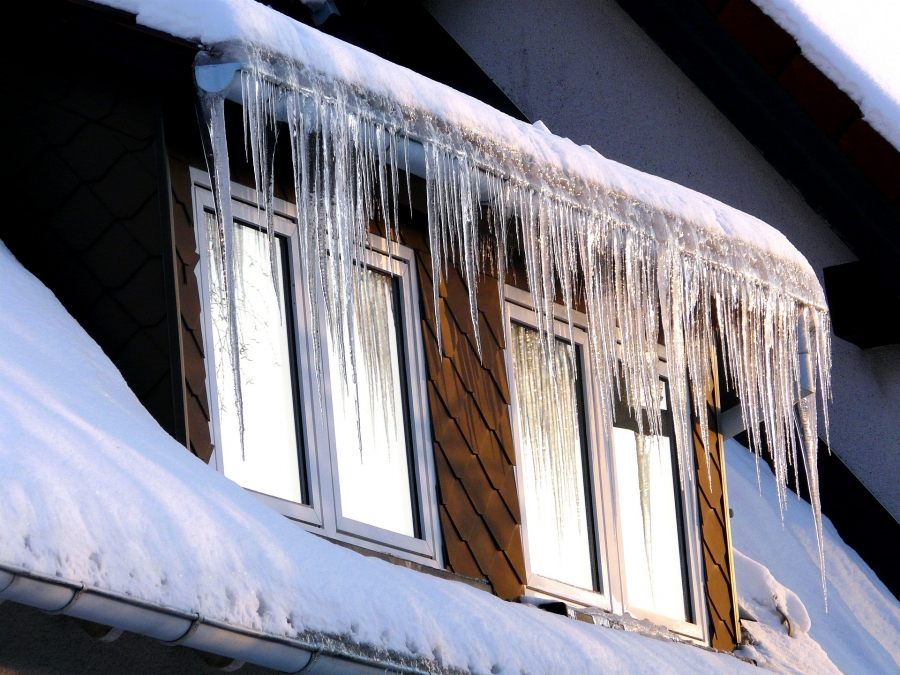While a gently falling snow may be beautiful to look at from the warm, cozy interior of your home, accumulated snow can have a hugely detrimental effect on your home’s exterior. In fact, if the exterior of your home is not properly maintained to deal with snow accumulation, it can eventually seep in and destroy the interior as well. Making sure that the exterior of your home provides adequate protection against snow accumulation can help you have a snug, comfortable, enjoyable winter. Here are 3 ways you can protect your home from snowy winter woes.
Have Gutters and Downspouts Cleaned
Heavy accumulations of snow can cause damage in and of themselves, but snow is generally the most destructive when it melts. You want to be sure that all gutters and downspouts are clear and free of obstruction so they can appropriately distribute the snow as it melts to keep it away from your home. This is particularly important at the end of fall because as leaves shed from trees, they can clog gutters and downspouts.
Have the Upper and Lower Levels of Your Home Waterproofed
While gutters and downspouts will go a long way towards helping redistribute the water that results from melting snow, they cannot always deal appropriately with heavy accumulations of snow. Having your attic, crawlspaces, basements and lower levels waterproofed will go even further towards keeping the water outdoors where it belongs. In addition, it will help keep basements and crawlspaces dry and prevent them from developing mold and mildew from damp soil and smaller pools of standing water. This may be hard to do on your own, so a local company like Seagate Roofing & Water Co can help you get it done if you don’t have the tools required.
Spray Sidewalks and Walkways with an Ice Repelling Solution
Aside from snow, one of the most destructive culprits is ice. When ice forms on concrete, it freezes the concrete causing it to contract. When the ice eventually melts, the concrete expands, causing cracks and sometimes even large breaks in the concrete. Not only are these unsightly, but they can create a hazardous walking surface. Using an ice repellent before heavy snows begin to fall will protect your concrete from winter damage.
Protecting your home during the winter generally involved taking proactive measures before the weather turns cold. Late fall is one of the best times to start winterizing your home. Once the cold weather has passed, spring is another great time to check your home for damage and make plans for any repairs you might need before the weather turns cold again.








